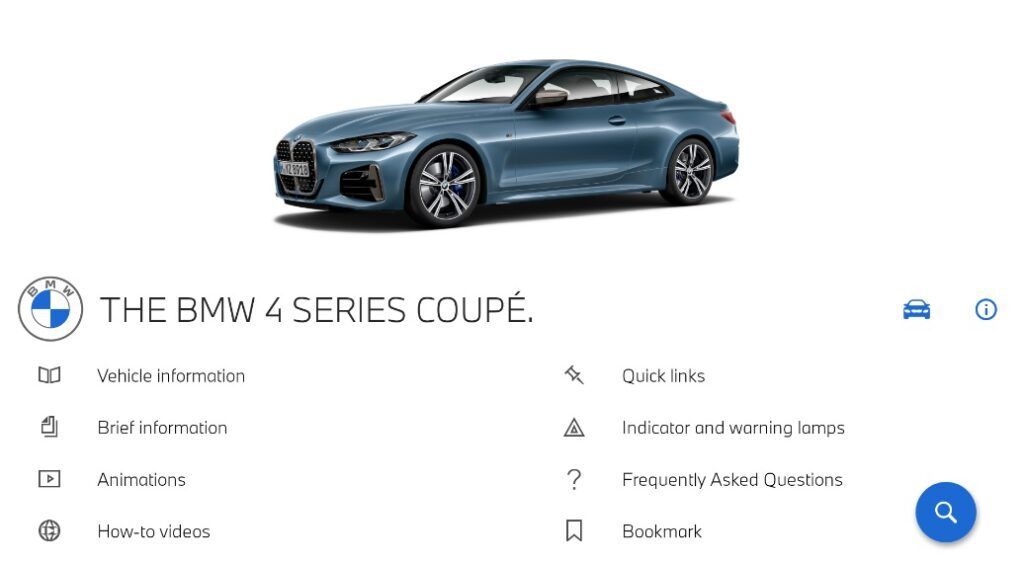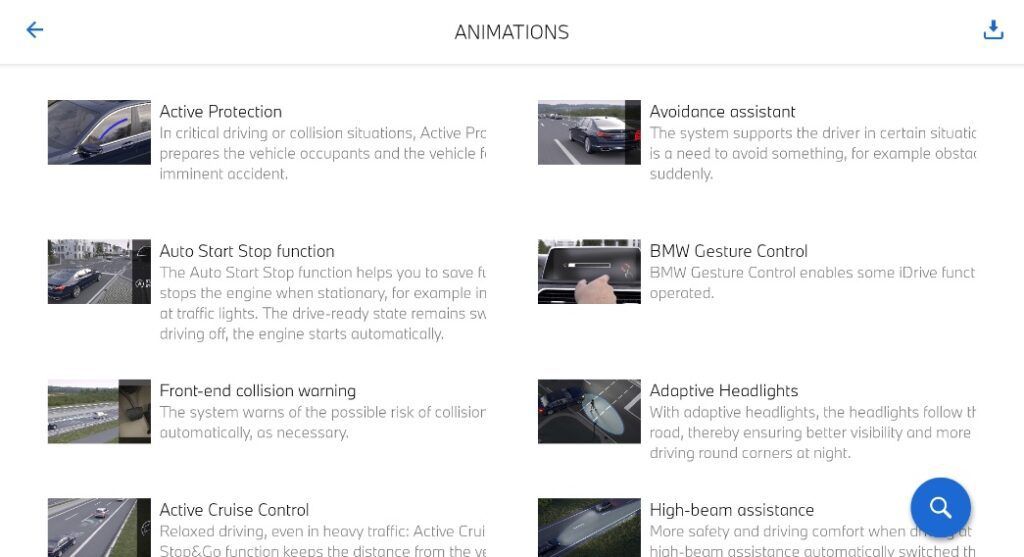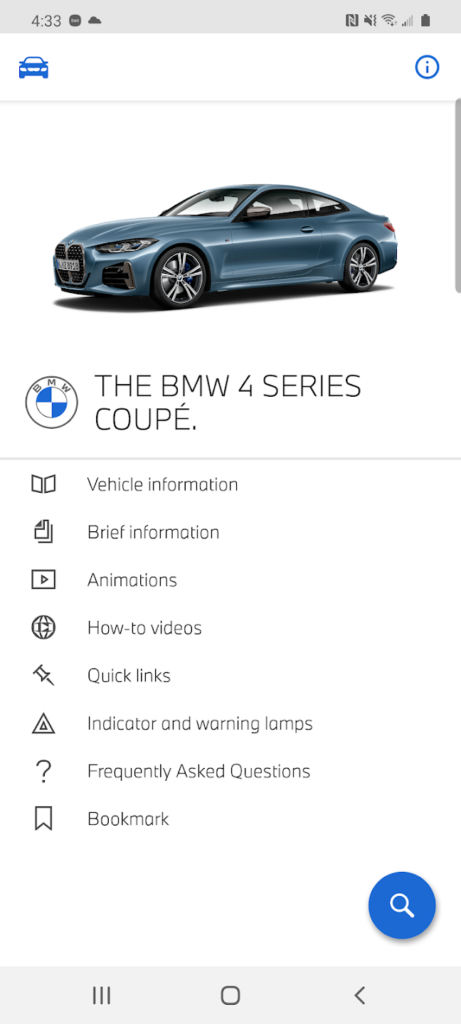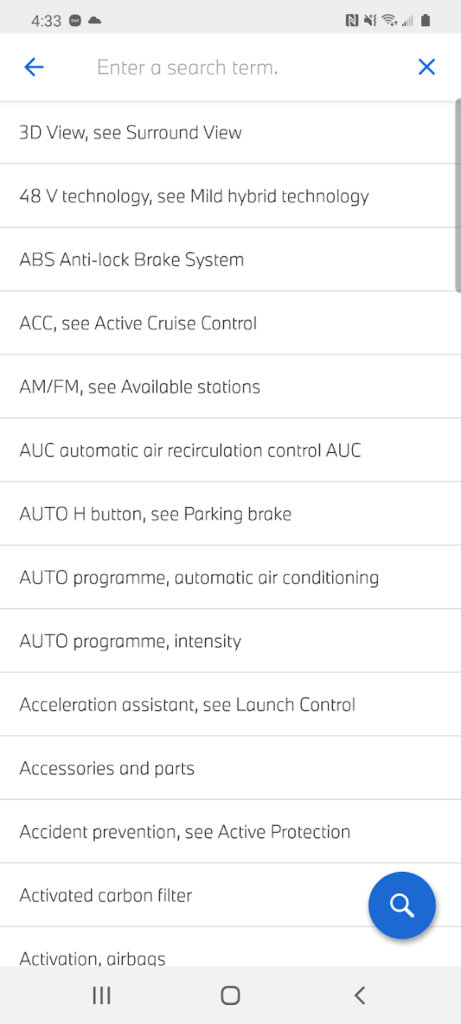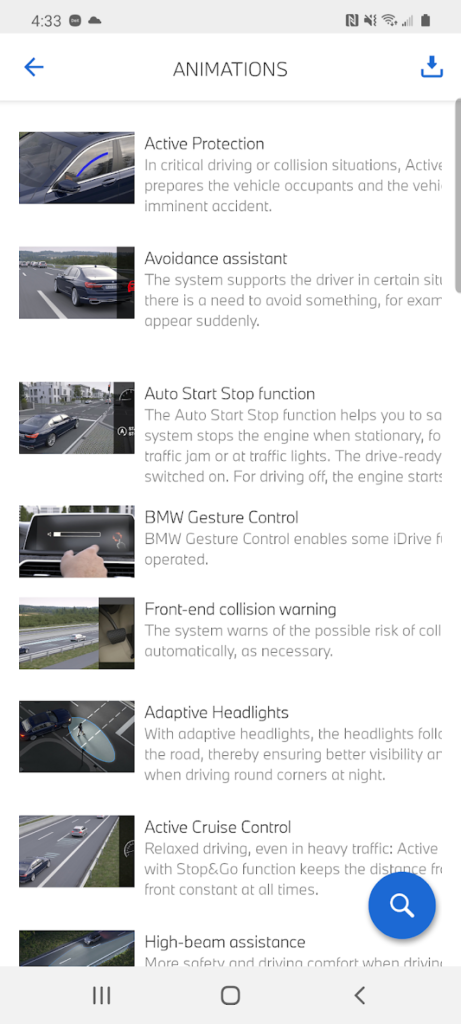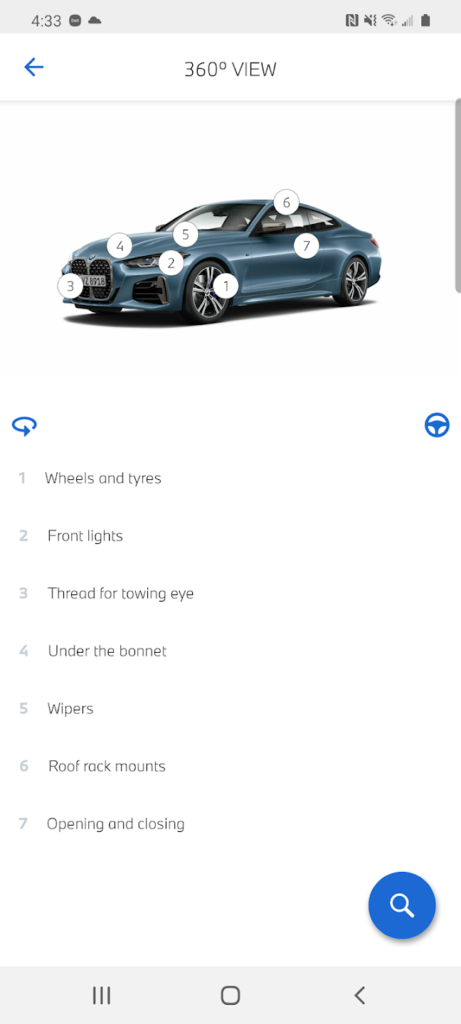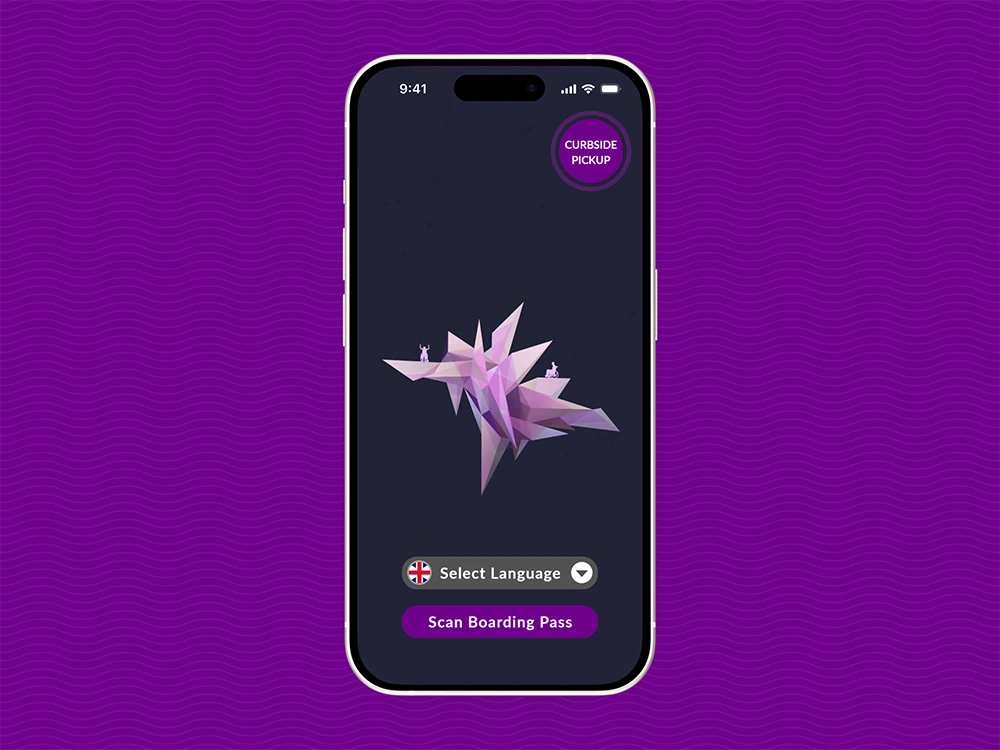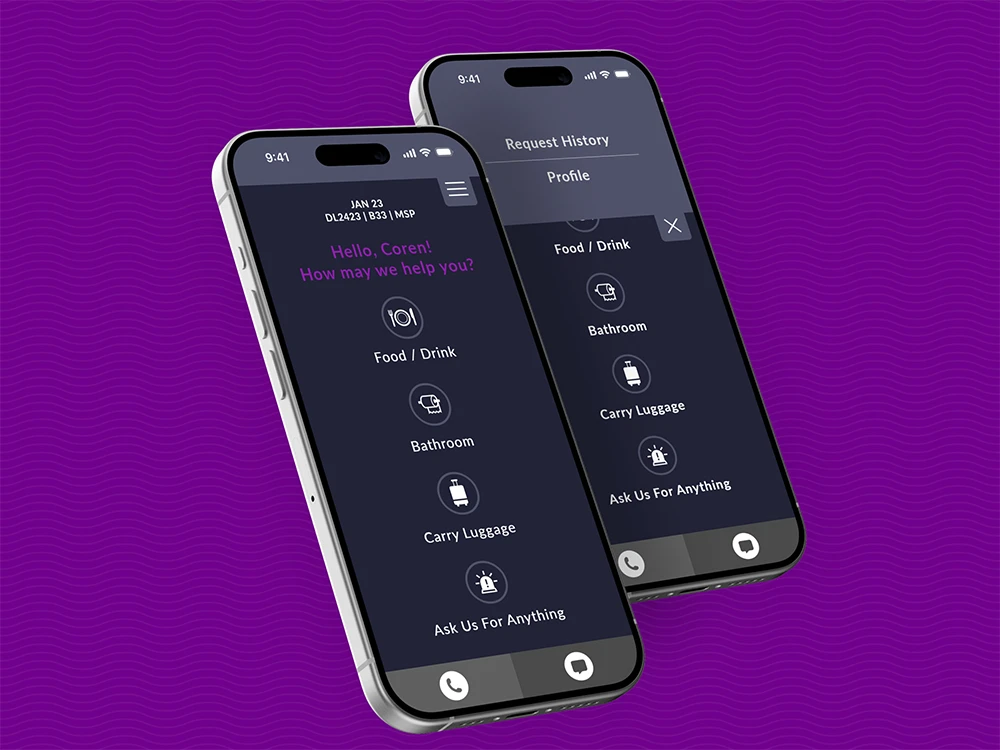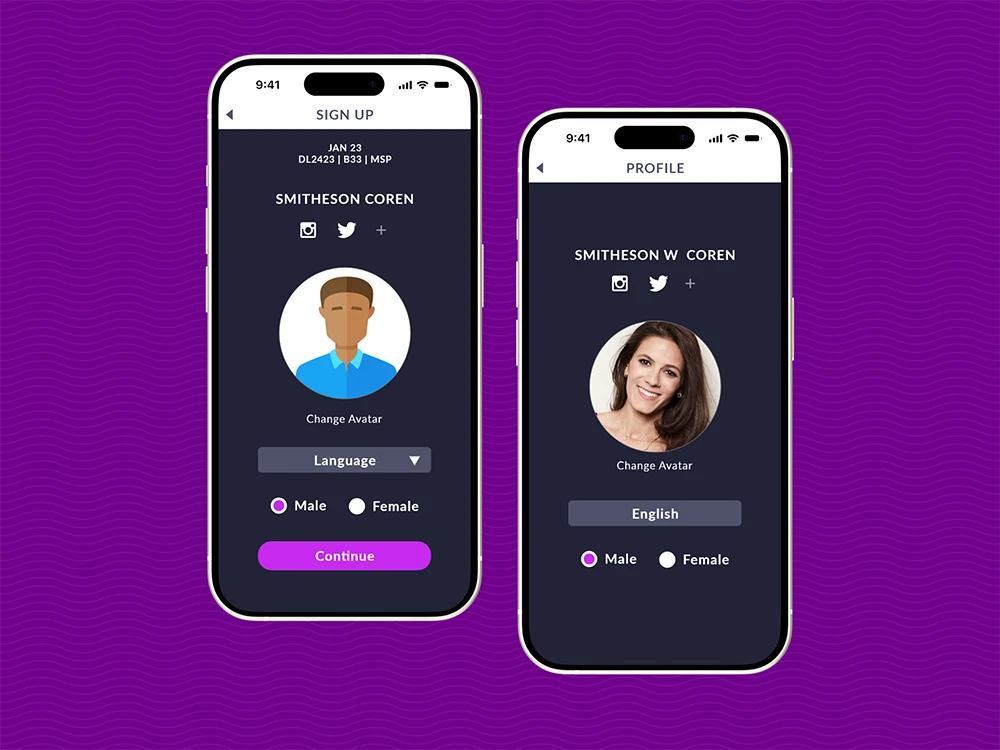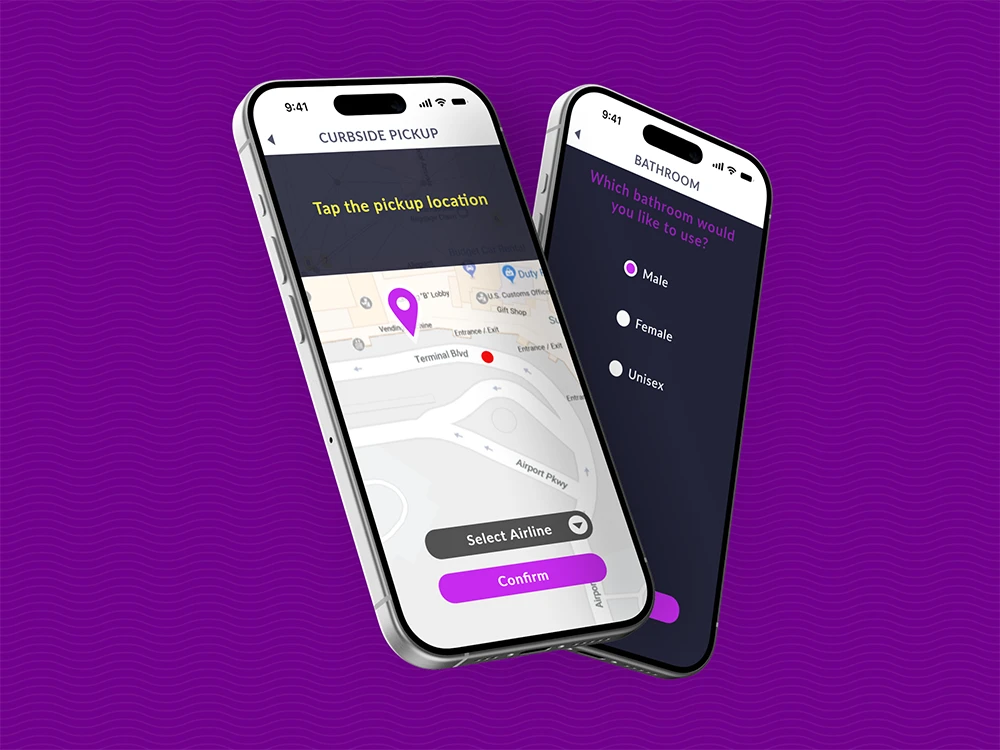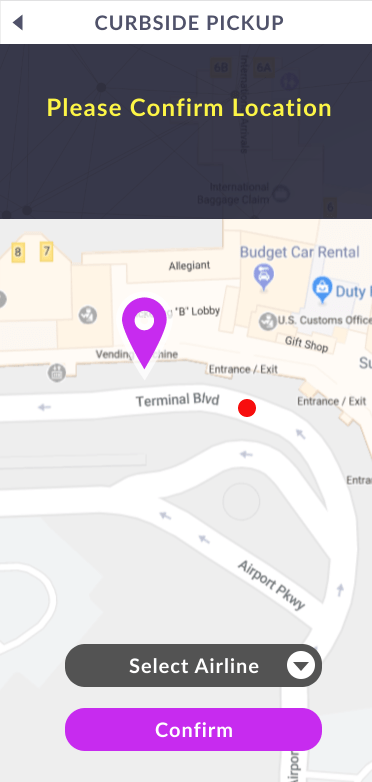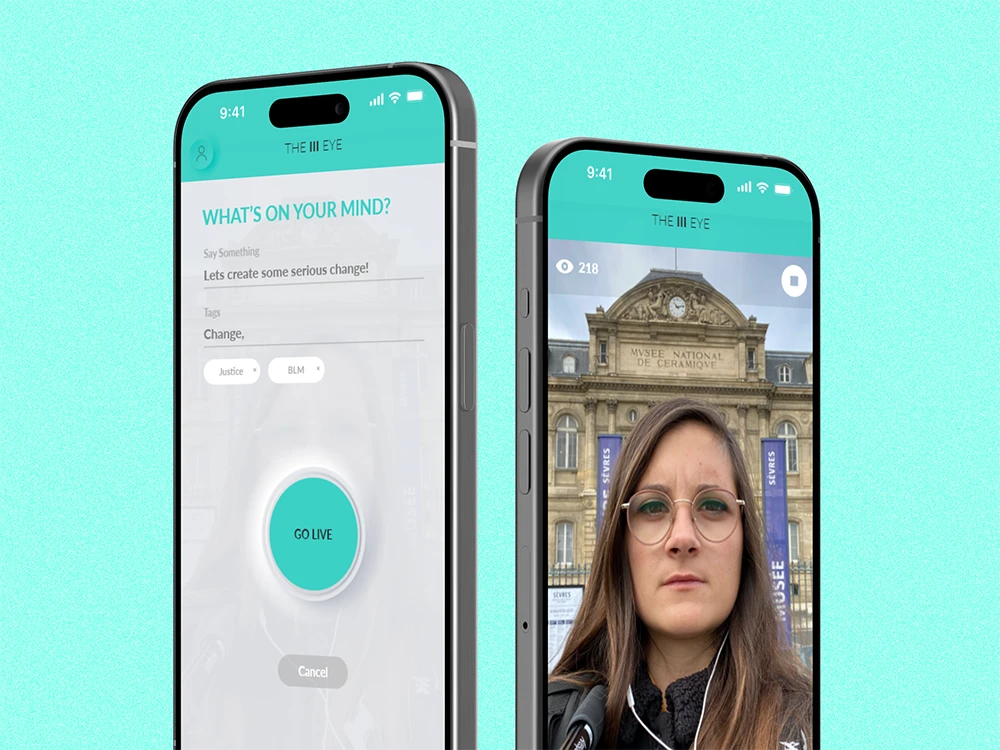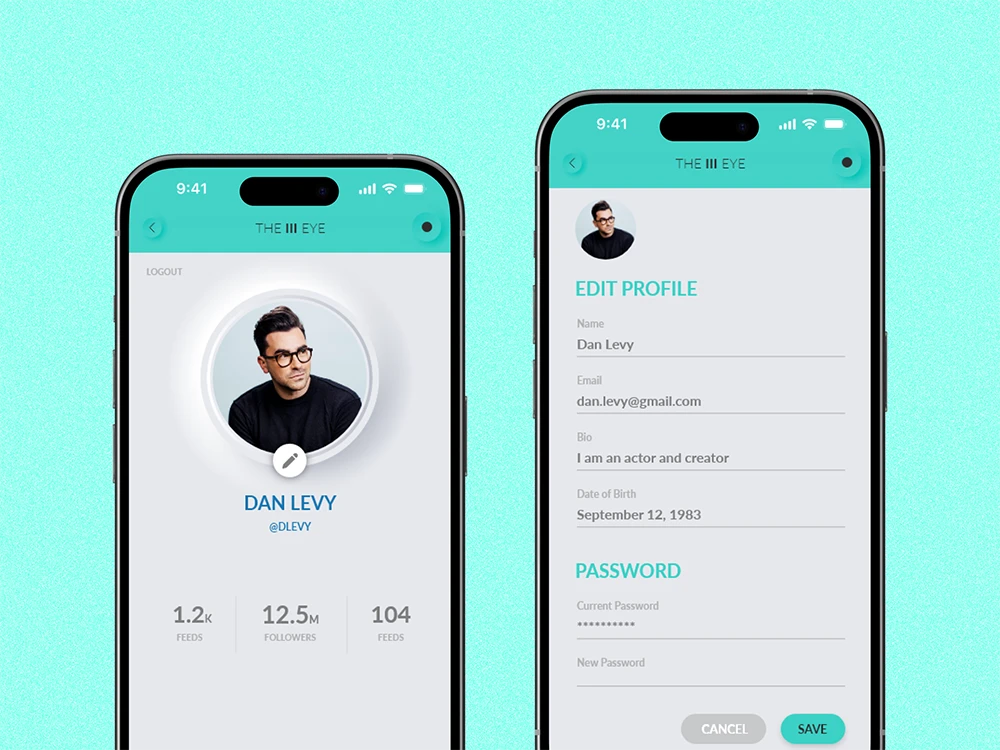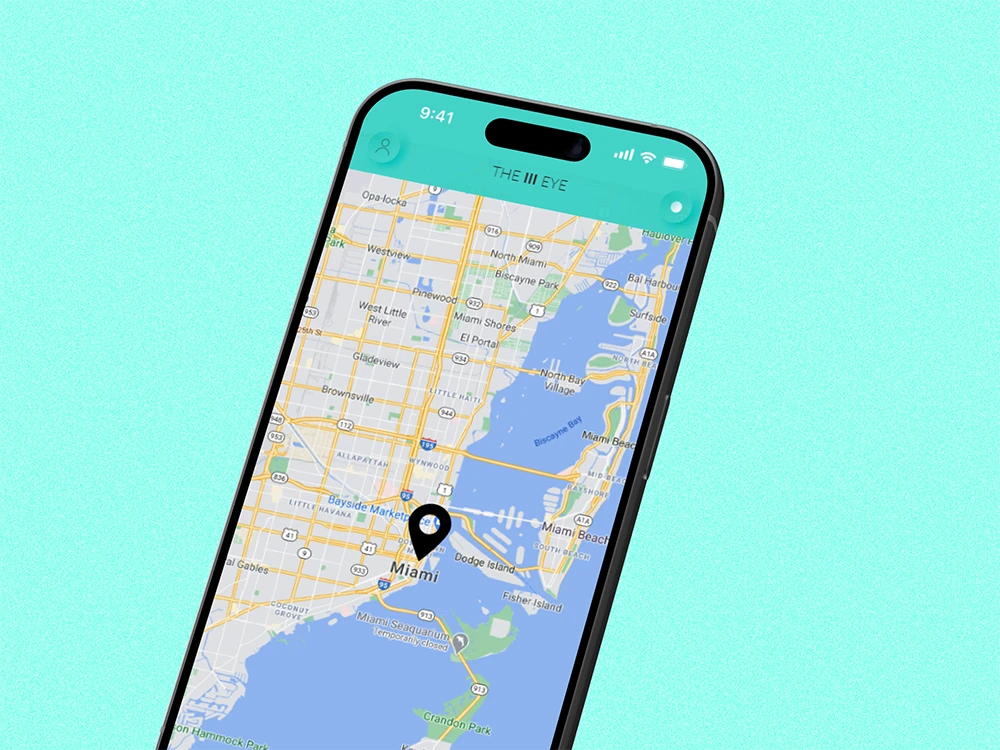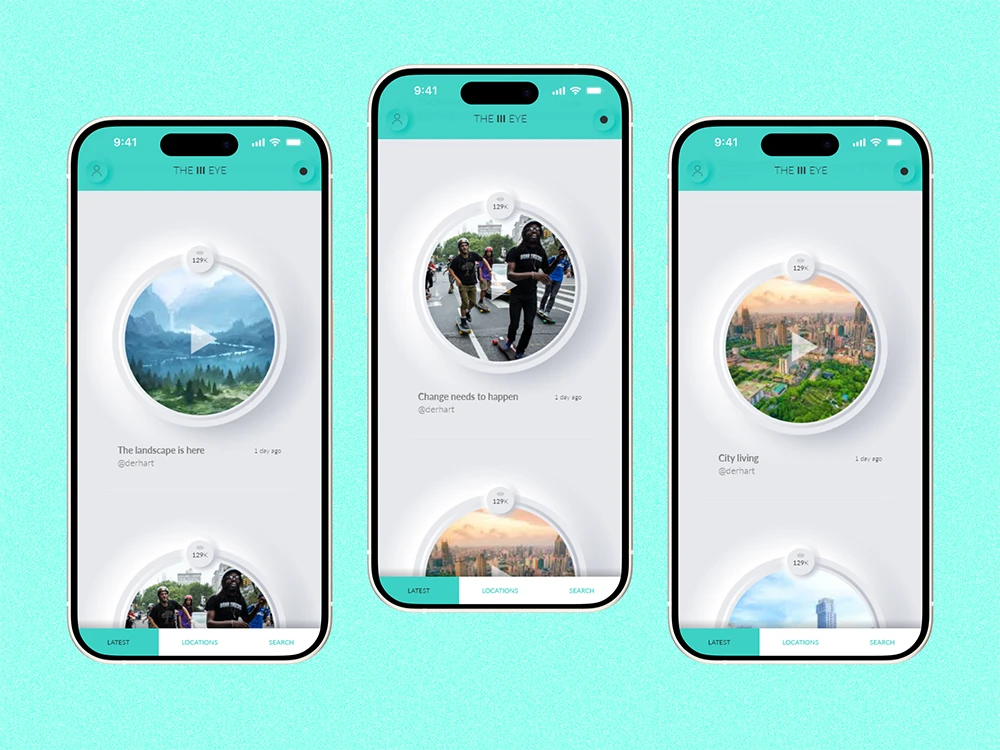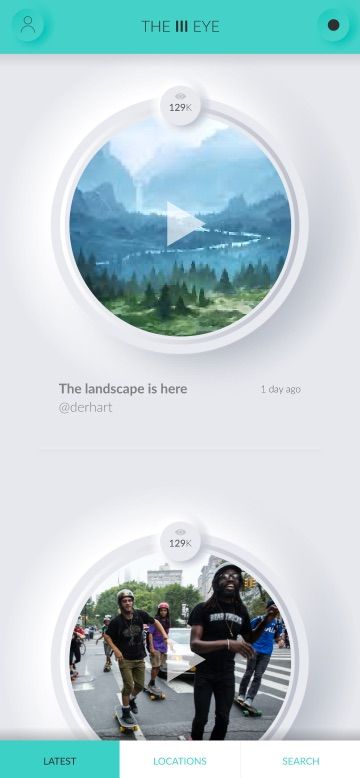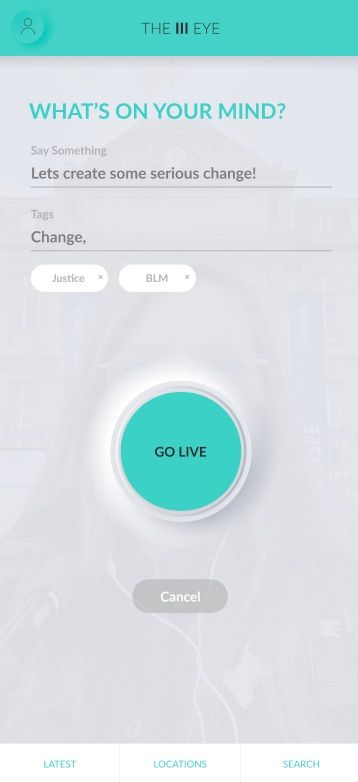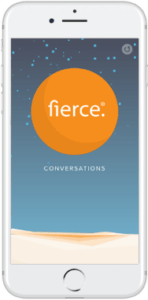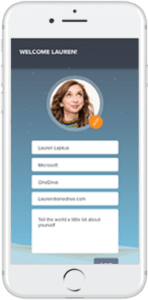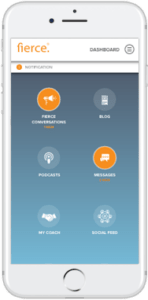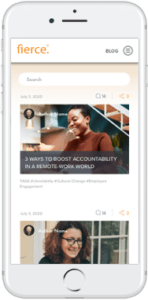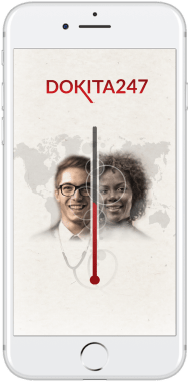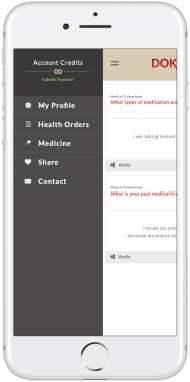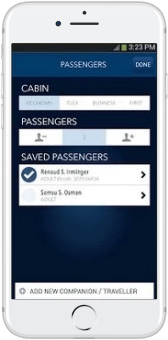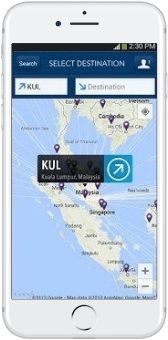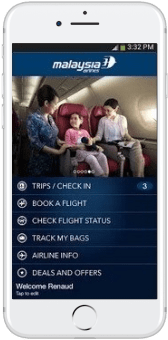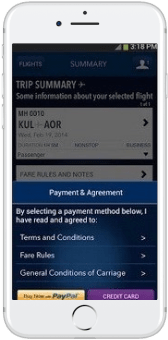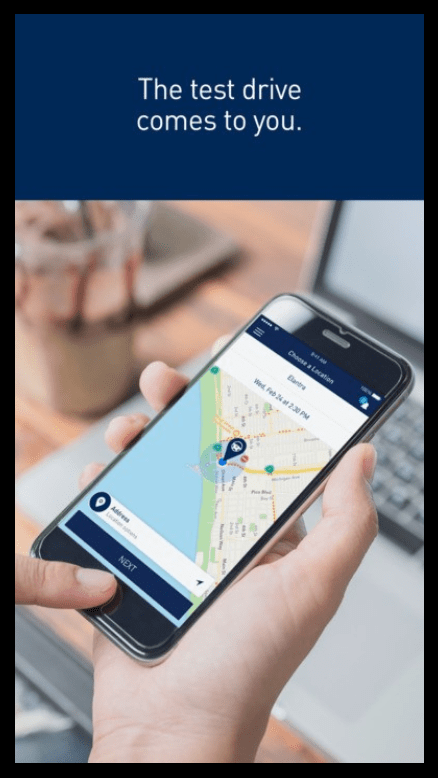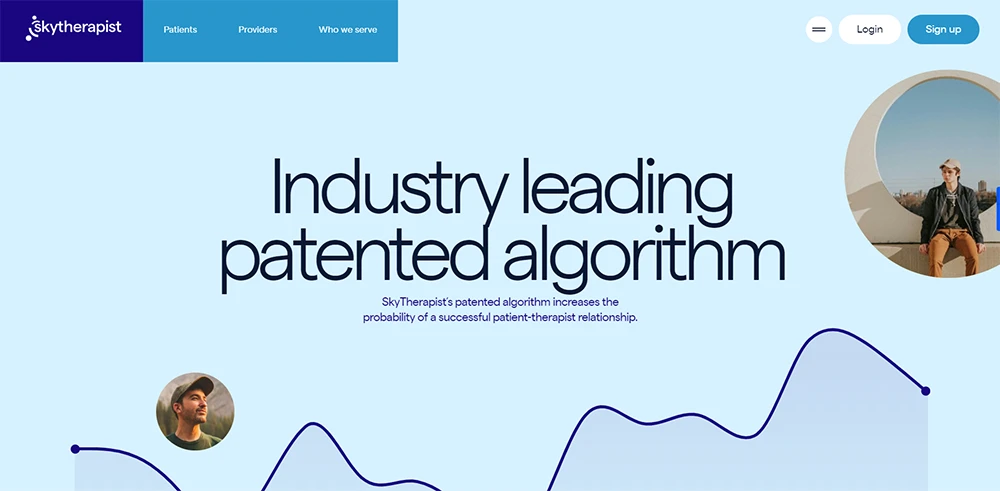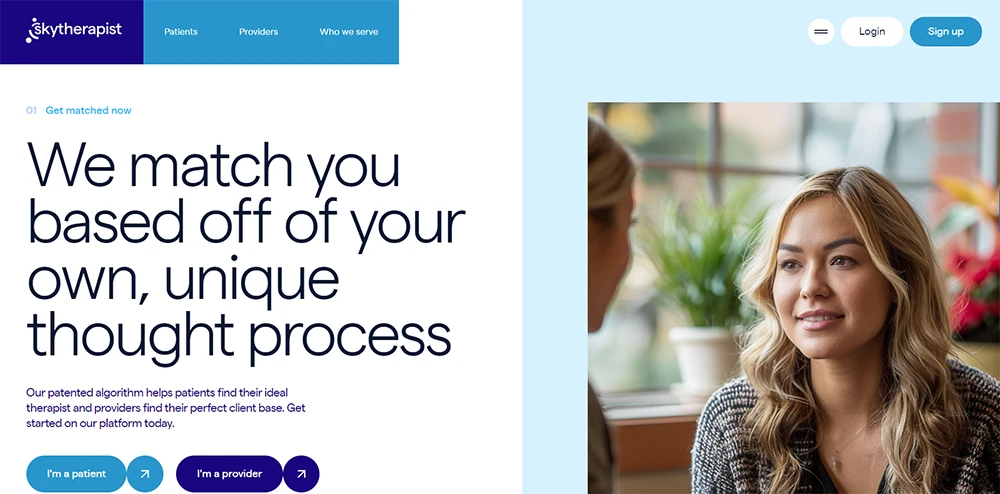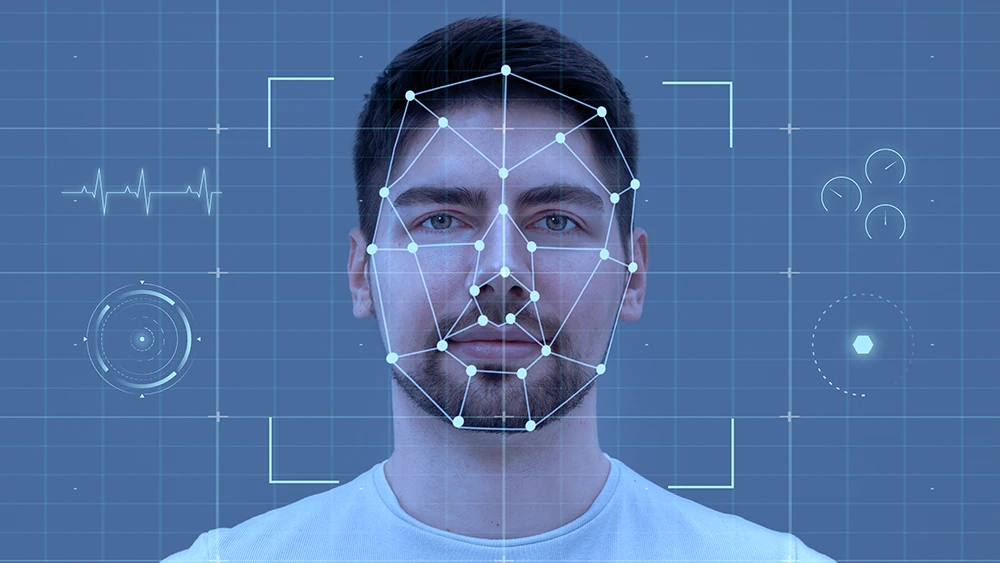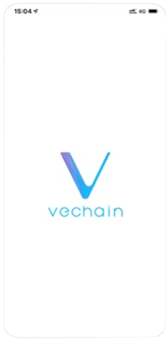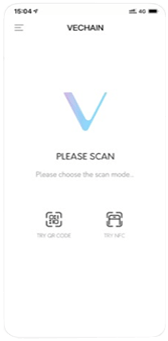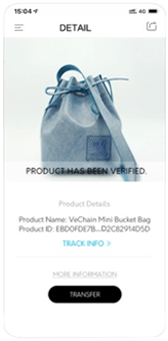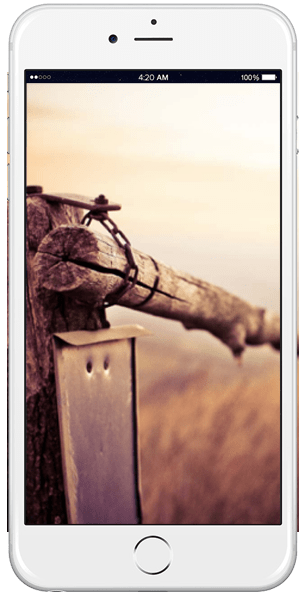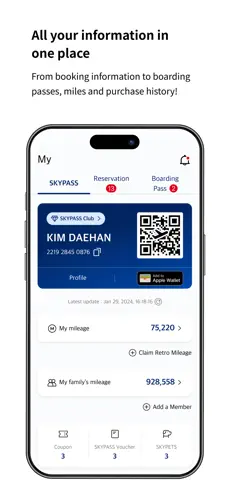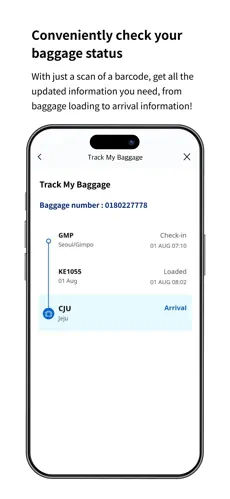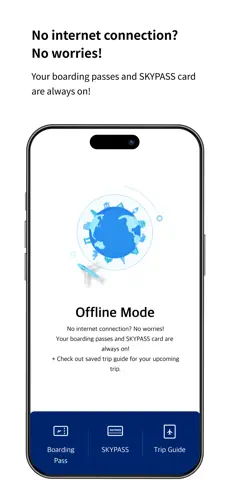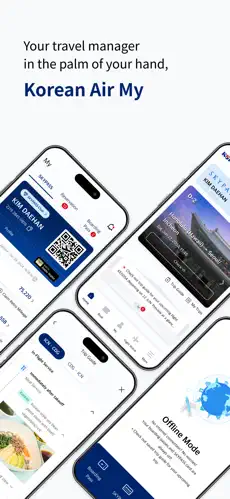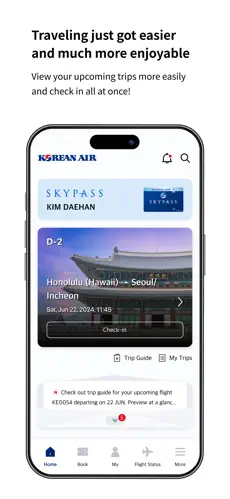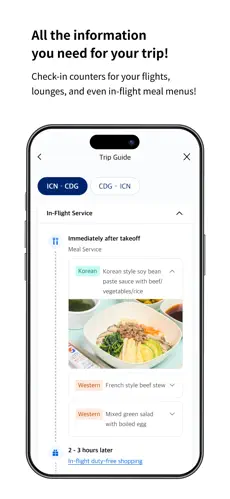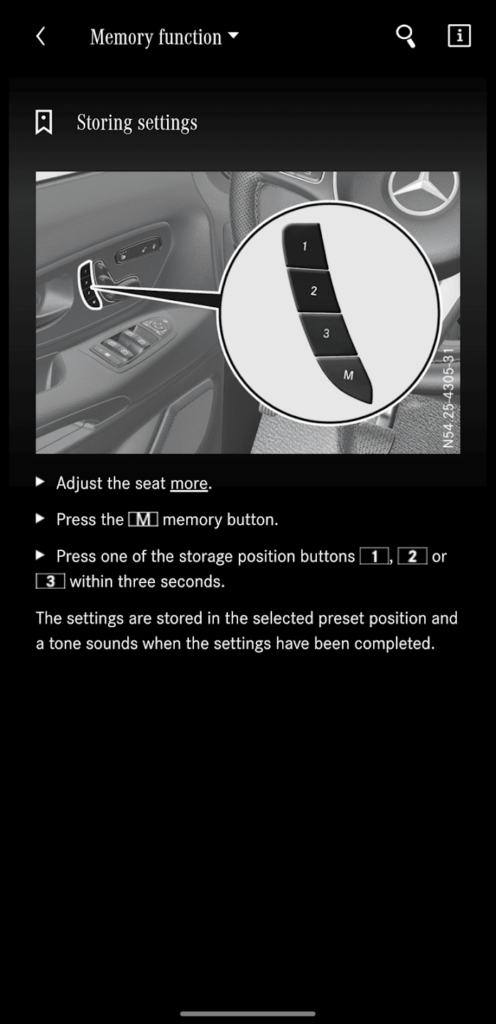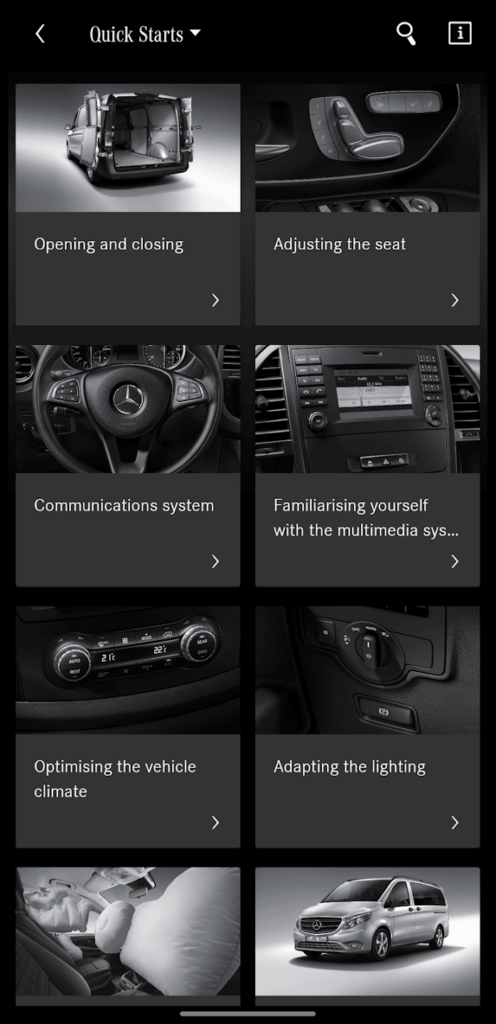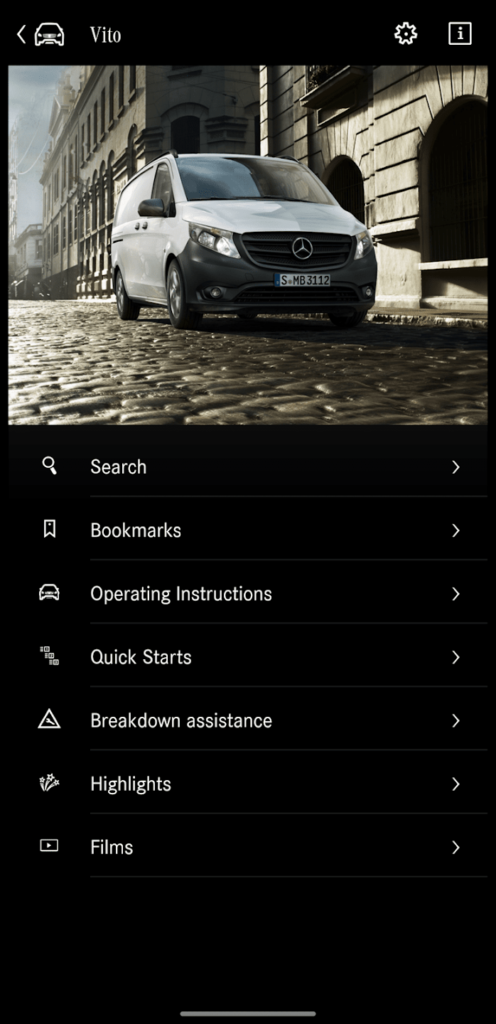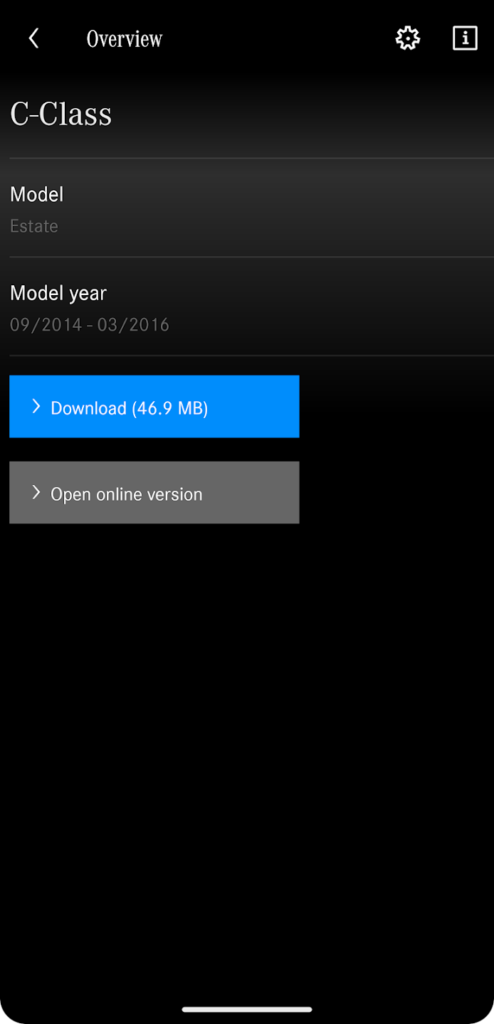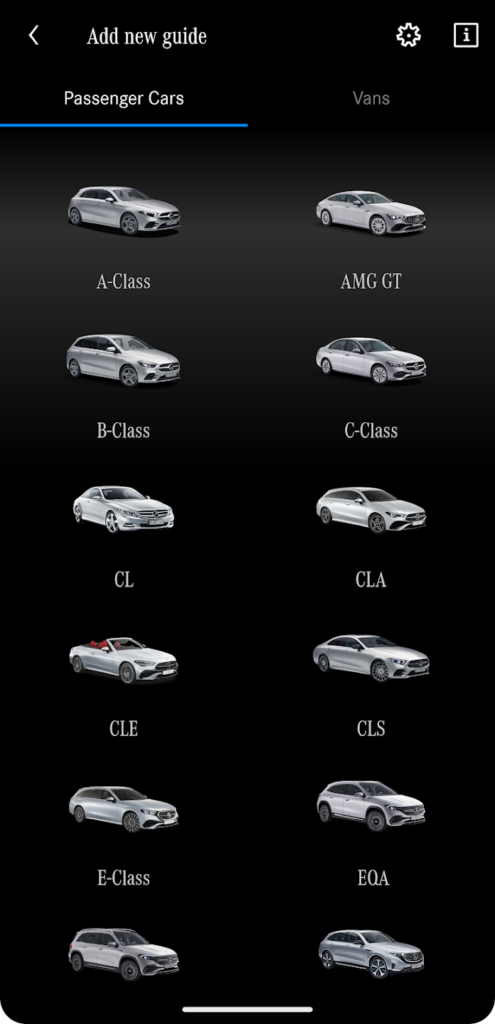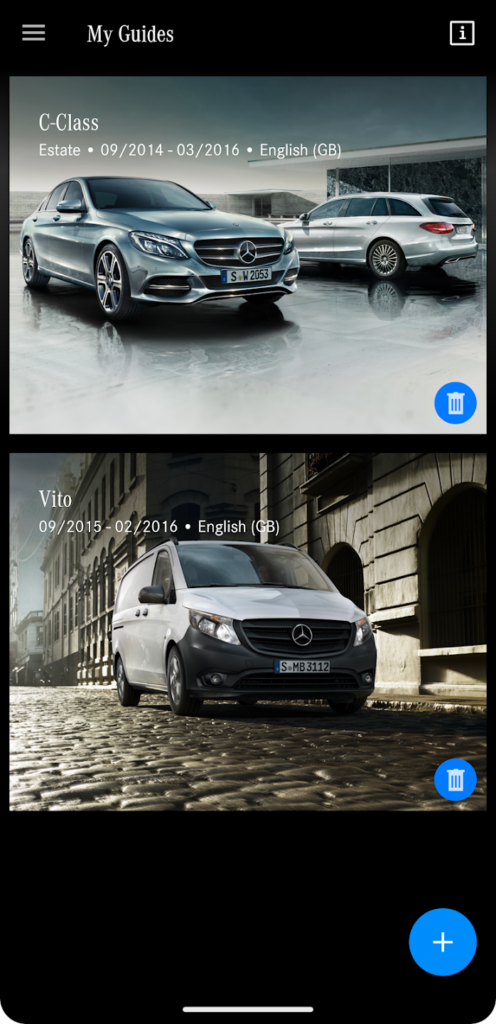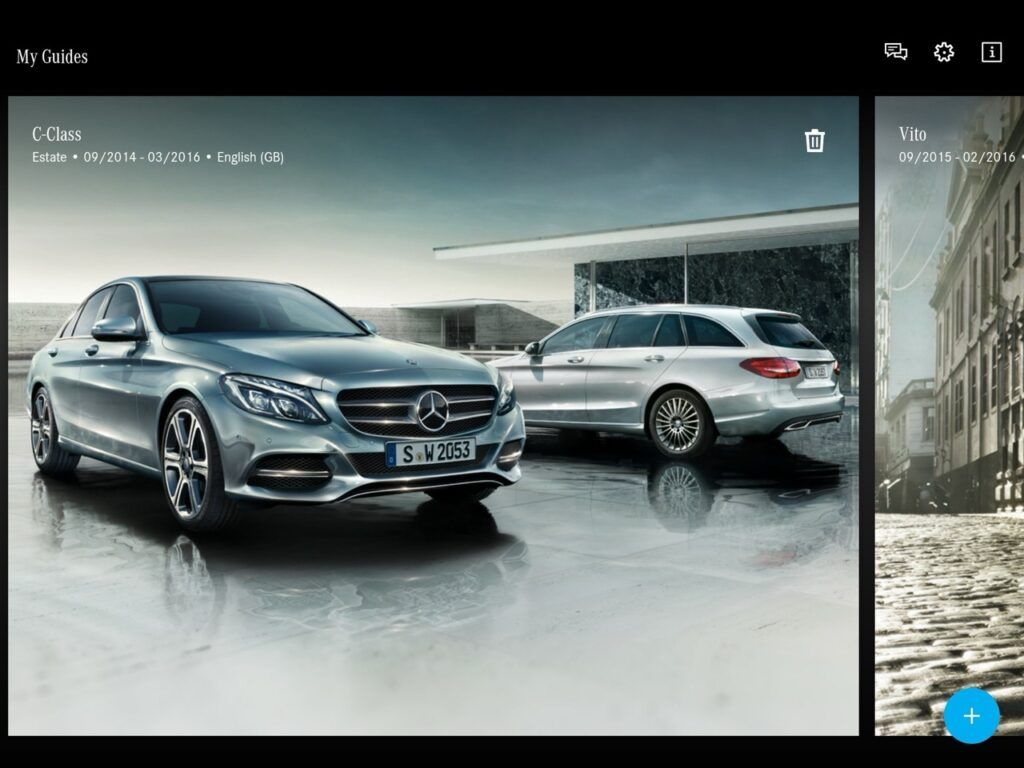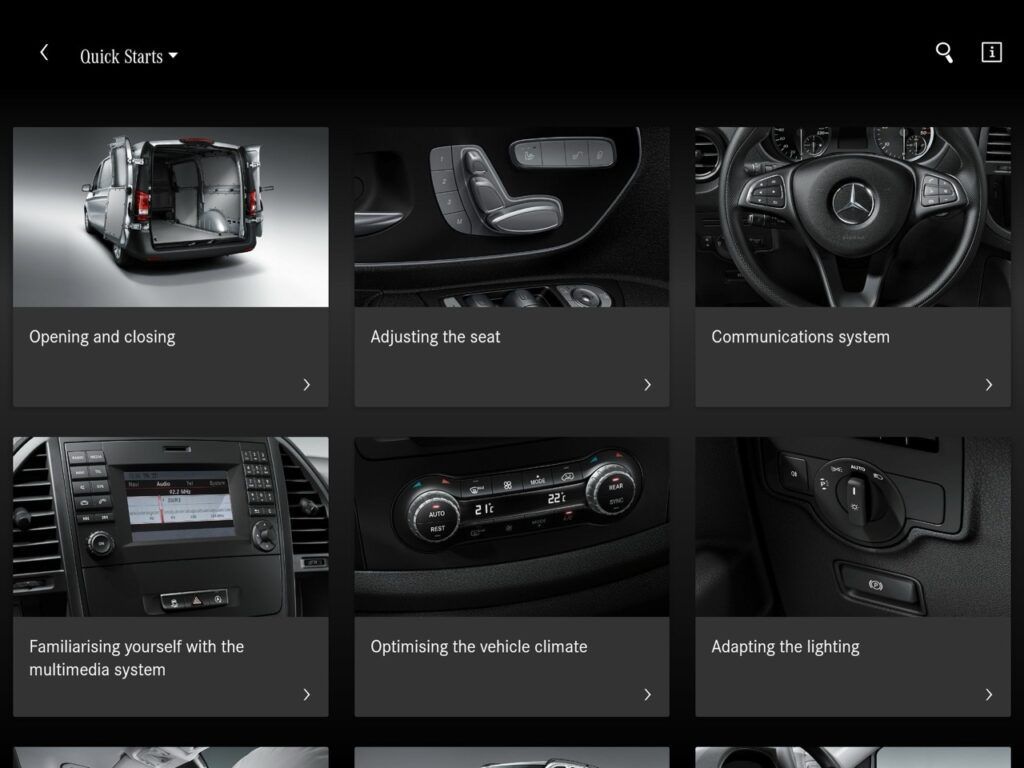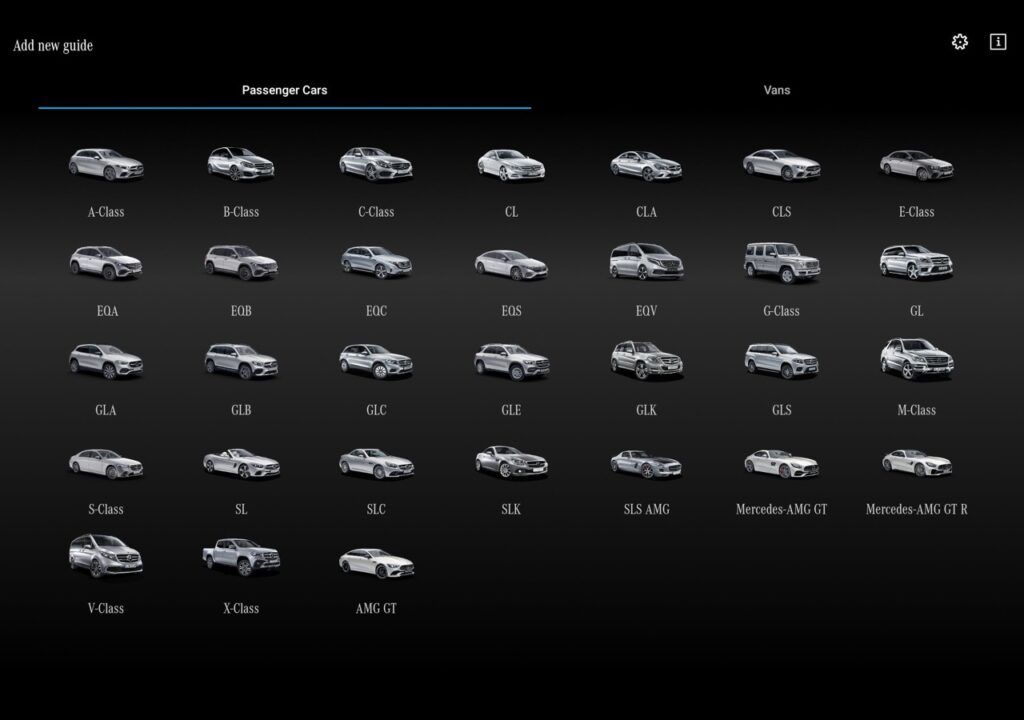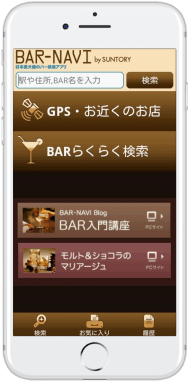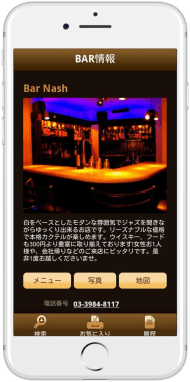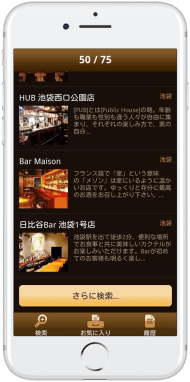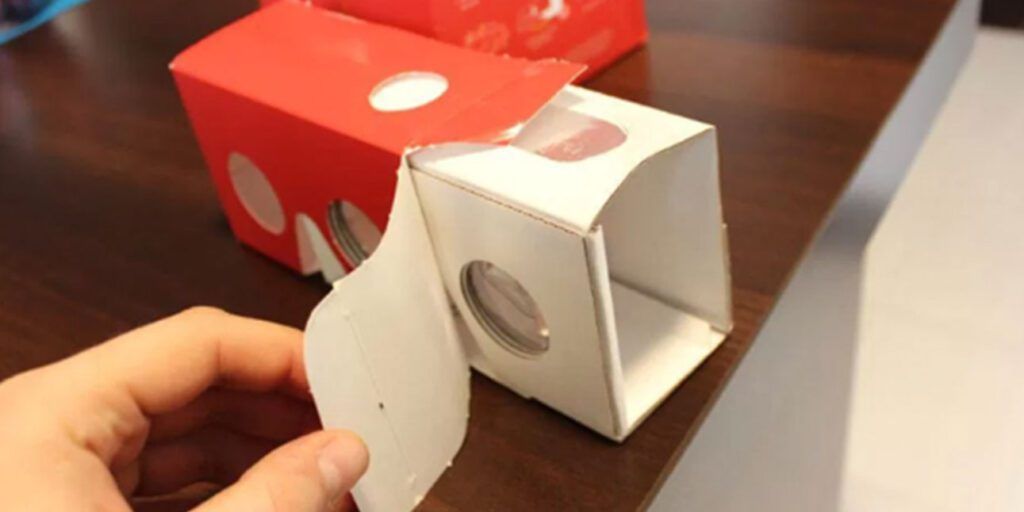4 Unexpected Ways the Health Care Industry can use Smartphones
There is no shortage of ingenuity as to how the health care industry innovates with existing processes. Every so often, a new technology emerges that radically changes the productivity landscape and industry’s related profitability potential in kind. Some notable advancements, of course, have included the telephone, fax machine and the internet. Today, there is a ubiquitous technology poised to revolutionize how health care is managed and delivered: the smartphone…but NOT for the reason you may think.
While everyone concedes this versatile and portable device has forever changed social culture and that health care already leverage smartphones for communication, providers are only now understanding the power of smartphone APPs as a mission-critical Mobile Process Improvement (MPI) asset that can actually drive productivity, enhance competitiveness, improve quality of care and maximize revenue.
MPI is a burgeoning trend forecasted to have much upside potential. Research* revealed that MPI spending in the U.S. will grow 100% by 2015. By 2016, an additional 45 million employees in the U.S. are forecasted to use smartphones, priming them for MPI integration. By 2017 the MPI market in the U.S. is projected to reach a staggering $4 billion, fueled by cloud services and demand for connected anywhere-anytime enterprises.** However, despite what is clear and abundant opportunity, studies also show that only approximately 10% of all U.S. firms have invested in MPI and that, by 2016, just over 30% of all U.S. firms will have made the investment. That said, there are some U.S. companies and organizations that are currently investing in MPI, including UPS, Amazon and the U.S. Army, which have already collectively saved upwards of $15 billion per year.
So what exactly can you do to save money with smartphone APPs? Here are four surprising ways to leverage MPI:
- Field Employee Management
Many health care providers in the U.S. utilize some kind of remote employee—someone who is not at a specific work site at all hours of the day. In fact, 24% of all businesses are primarily field-based. One primary problem with field employees is limited accountability since their whereabouts cannot be monitored at all times. Tardiness, time theft, and a general lack of information as to where employees are is an enormous and debilitating business issue, compounded by the fact that employees must frequently and proactively call in to get needed information from a home base to facilitate their field effort.
Today, forward-thinking agencies are tying their field forces together into a huge mobile grid that is supported by the employee’s own smartphones. These APPs can be programmed to only allow field workers to clock in when they are at the actual job site, reducing time theft. This MPI APP allows employees to quickly access home office data on the go and, if an employee is sick while afield, they don’t have to wait until the next day to call the home office as their app automatically summons a replacement the second they request a sick day. The total savings are immense.
- Eliminating Inefficiencies
The health care industry produces a massive amount of paperwork each year, much of it due to compliance regulations. Those seeking a (mostly) paperless operation or requiring speedy document access have been quick to adopt smartphones for high-speed scanning. Documents are scanned and deposited into online repositories for easy retrieval by voice or text powered search engines. In addition, having every bit of paper an employee could need inside of their smartphone empowers and enables professionals of all sorts, saving time, boosting efficiency and efficacy and saving the environment in the process. The key is to ensure that security and privacy are safe guarded, which advancements in mobile security now allow. While most providers will still need to maintain some physical paper, the law is becoming less stringent around which documents must have a physical copy due to pressure from environmental concern.
Altogether, the above-referenced MPI-based smartphone applications have save the organizations in question multiple billions of dollars, hugely impacting bottom lines. That same revenue potential exists for nearly every kind of provider. Whether that be updating outdated processes or utilizing mobile technology to enhance modern systems, a custom-designed smartphone APP could very well provide a simple solution that has an enormous impact on the business—and possibly the industry at large. With MPI, “building a better mousetrap” is only limited by imagination and inclination.
- Donor Pairing
Certain hospitals, such as John Hopkins, have researched the viability of using mobile application technology and customized social media to improve outcomes for patients requiring organ transplants. Currently, most donor networks are a dinosaur, mired in physical phone calls, pen-and-paper processes and limited network ranges. A highly visible, social media-based donor system could increase the amount of altruistic donations as well as improve matching on a national and even international level far beyond what is possible today with more limited hospital based networks.
- Inventory Management
Providers with inventory can now QR codes directly onto the boxes on their shelves and track inventory on employee smartphones. With MPI, employees can simply walk down the warehouse aisles and scan items. The related APP directly links to an inventory management system, resulting in faster inventory count, employee theft prevention, and improved analytics. The back end dashboard allows management to see exactly how much inventory is left and automatically compare it to predicted inventory, in real time, improving visibility into the process. Back-orders can also be created automatically as soon as an inventory count runs low, saving time and human labor. And, best of all, it is impossible to have miscounts, whether they are based on human error or a thieving employee trying to cover their tracks!





